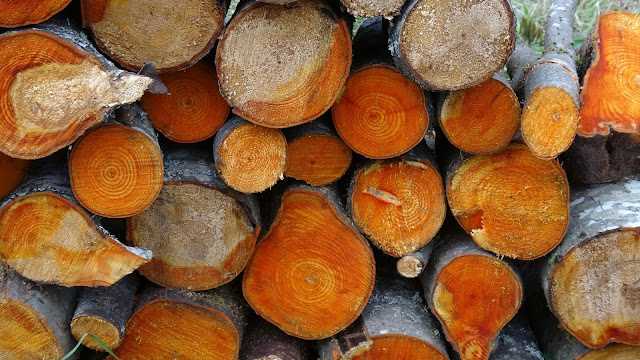The theme for September’s Book Club at the McBride Library was to Re-read old favorite and see how you felt about it now. Here is what I had to say.
The Hab Theory by Allan W. Eckert
I guess the biggest revelation that resulted in my rereading of The HAB Theory, was just how bad my memory of the book was. I remembered that it concerned the reversal of the earth’s magnetic poles, something that does happen. I have always found research of this phenomenon intriguing and so I thought it would be interesting to revisit what The HAB Theory had said about it.
I first read this paperback sometimes in the early 1980’s. Years later when I came across a used copy of it, erroneously remembering it was about the magnetic reversal, I bought it and it stayed unread on my bookshelf for decades. I figured this month’s book club theme would be a good excuse to reread it
The storyline begins with ninety-four year old Herbert Boardman loading a revolver with custom-made wax bullets and heading out to shoot the President. Amazingly the old guy does manage to succeed in shooting the President and of course is immediately captured on the spot. Surprisingly this attempt on the President, which seems like it should be a dramatic high point of the storyline, instead takes place within the first part of the book, leaving the bulk of the story yet to be told.
Boardman’s plan was that such an attack on the President would give him an enormous amount of publicity, thus drawing attention to his theory, which had been ignored by the scientific community. The attack on the President worked as Boardman had planned. Because of the wax bullets, the President’s wounds were superficial, ninety-four year old Boardman was still alive, but in the hospital after being roughed up by the Secret Service men. There he was questioned, but refused to give any answers, until he was allowed to be interviewed by John Grant, a popular writer. Boardman vowed to give answers to all the questions to Grant.
It took the Secret Service some time to locate the writer John Grant, because he had lied to his wife about where he would be, trying to hide from his wife the fact that he was having a secret love affair. This discrepancy caused the Secret Service to suspect that he might be somehow tied up in the attack on the President, but he wasn’t, so they proceeded to allow him in to hear what Boardman wanted to say.
John Grant began his interviews with the hospital bed ridden Herbert Boardman and after fourteen hours of listening and recording, he understood the basic premises of Boardman’s action and theory. Boardman’s scientific theory postulated that as the earth cooled (this was before global warming became evident) the polar ice caps were becoming so heavy that their weight would soon cause the earth to flip sideways on its axis, moving the polar ice to the equator and tropical areas to the poles. This quick flip of the Earth would cause an existential threat to civilization.
At this point in rereading the novel I was appalled. The theory was total bunk, and was not, as I had remembered, about a magnetic reversal. The “evidence” given for the theory was so ridiculous I found it embarrassing to read. Since my university days I have always hated all those pseudo-scientific theories about vastly intelligent civilizations (like Atlantis) being wiped out and mankind having to start over from scratch, so I don’t really understand why I remembered I liked this book in the first place.
Anyway, after Boardman spills the beans about his theory, the 94 year old dies of a massive heart attack. The storyline then follows John Grant as he tries to uncover the rest of Boardman’s theory and Boardman’s solution to save civilization from this impending disaster. Working at the request of the the President, Grant tries to save the earth, while at the same time struggling to come up with a solution to his growing personal problem: should he stick with his steamy extramarital affair partner or remain with his wife and children.
While some science fiction novels are somewhat successful in predict ing future situations (The Handmaid’s Tale, 1984), others fail miserably. I am afraid The HAB Theory is one of those failures. I think it is a stretch to even call this book science fiction since it really wasn’t based on science in the first place. Now with the fact of global warming, the storyline becomes even more ridiculous.
It was interesting to see how much our lives have changed in the forty years since this book was written. In the novel many things are mentioned that have now pretty much disappeared from our lives: reel to reel tape recorders, carbon paper, everybody smoking, (even in hospital rooms), pay phones, telephone operators, and typewriters, to name a few. Many of the tasks done manually and slowly in the novel are now done with ease and speed using computers and cell phones.
Forget this book, it isn’t worth the time it takes to read the 700 pages of small print. Because of what we can now see of global warming, I don’t think the weight of the polar ice caps are going to cause the earth to flip anytime soon.


































